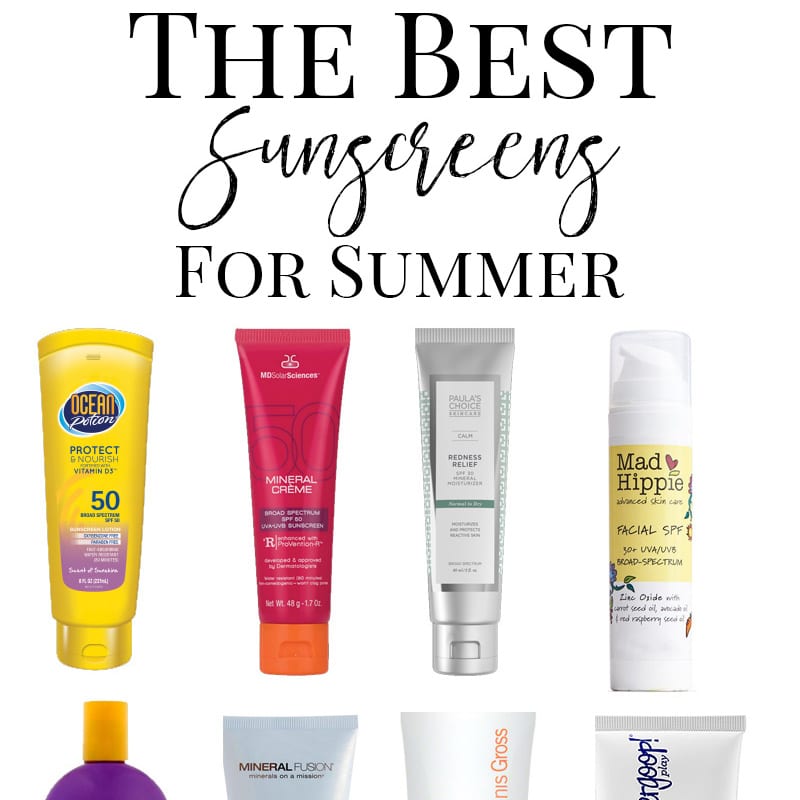
Our health and well-being should not come at the expense of our furry friends. Why Use Vegan and Cruelty-Free Sunscreen? This is why you need to reapply sunscreen every two hours, after toweling, when sweating, and after coming out of the water. Creams will eventually wash off in the water. Important note: There is no such thing as waterproof sunblock lotions. Very water-resistant products can stay for up to 80 minutes!īefore a brand can brag about this claim, it must undergo FDA’s rigorous testing. Water-resistant sunscreens can stay effective for up to 40 minutes while in the water. If it is not there, their claims may not be true!Īlso, not all products offers protection against both these harmful UV rays. So be sure that the product indicates the percentage of protection for either type of ray on their labels or packaging materials.
Cruelty free face sunscreen skin#
Important note: Your skin needs protection against both UV rays. Broad Spectrumīroad spectrum means a sunscreen protects you against both UVA (aging) rays and UVB (burning) rays. It goes to show that higher SPF provides better sun protection, especially if you have sensitive skin. Protection offered by sunscreen differs in its SPF. This is why if you plan to stay in the sun, you need to reapply your sunscreen. Applying sunscreen, say with SPF 30, will take 100 minutes or one hour and 40 minutes for the skin to get burned. Sun damage will start to occur after 15 minutes of exposure without sun protection. The higher the number, the longer it takes for your skin to get burned. SPF measures how long you can stay in the sun before getting a sunburn. When looking for a sunscreen product that aligns with your values, you can look for logos like these to ensure that the product meets your criteria for cruelty-free and vegan production. The Certified Vegan logo indicates that the product does not contain any animal-derived ingredients or byproducts, such as beeswax or lanolin, and it has not been tested on animals. The PETA logo, which features a bunny as well, also indicates that the product is cruelty-free, but it may also mean that the company producing the product has made a pledge to not use any animal-derived ingredients in their formulations. The Leaping Bunny logo indicates that the product is cruelty-free, meaning it was not tested on animals during any stage of its development, including its individual ingredients. The Leaping Bunny logo, PETA logo, and Certified Vegan logo are all symbols used on product labels to indicate specific aspects of the product’s production and ingredients.

We’re here to help you spot the most important information so you can choose the most effective cruelty-free face sunscreen for your skin type and concerns. If you’re new to wearing sunscreens with natural ingredients, labels can be confusing, but don’t worry. Understanding Cruelty-Free Sunscreen Labels This is why dermatologists recommend using mineral-based sunscreen to avoid any skin reactions.


Yet these chemicals can react to sun exposure and may trigger skin irritations such as redness, rashes, and swelling, especially for ultra-sensitive skin. Meanwhile, a chemical sunscreen sinks into your skin and works by dissipating UV rays. The difference lies in how these products interact with your skin.Ī mineral sunblock simply sits on top of your skin and offers sun protection by reflecting UV rays away from your face and body. Meanwhile, if you’ve come across oxybenzone, avobenzone, octinoxate, homosalate, octisalate, and octocrylene, these are the active ingredients used in a chemical sunscreen. These are naturally occurring elements found in our planet. If you are label-conscious, you may be familiar with the terms titanium dioxide and zinc oxide on some sunblock lotions. Buy On Amazon Buy On Ulta Mineral Sunscreen vs.


 0 kommentar(er)
0 kommentar(er)
